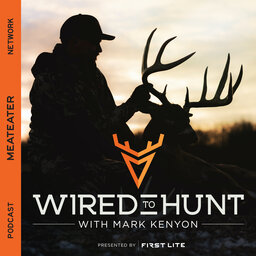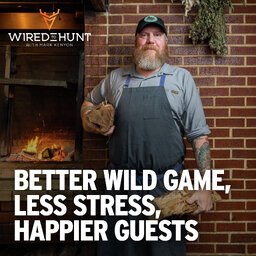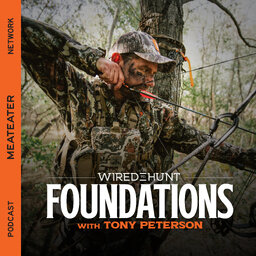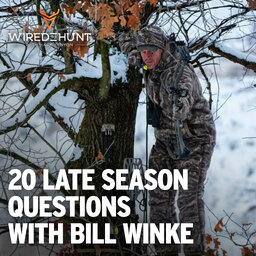Ep. 868: Planning a New Year of Wildlife Habitat Improvements with Jake Hofer
This week on the show I’m joined by Jake Hofer to discuss best practices for planning out your upcoming year of wildlife habitat improvements.
Connect with Mark Kenyon and MeatEater
Mark Kenyon on Instagram, Twitter, and Facebook
MeatEater on Instagram, Facebook, Twitter, Youtube, and Youtube Clips
Subscribe to The MeatEater Podcast Network on YouTube
Shop Wired to Hunt Merch and MeatEater Merch
 Wired To Hunt Podcast
Wired To Hunt Podcast


